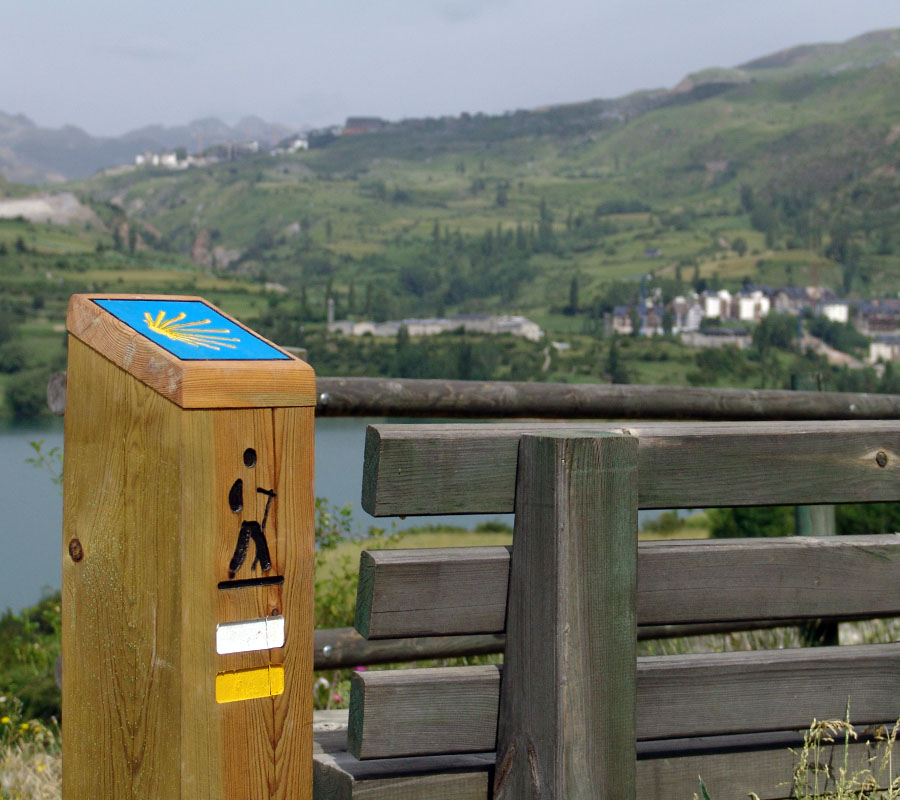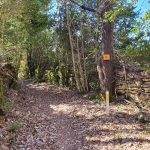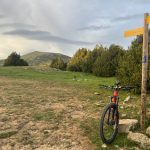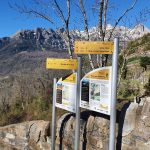Ruta Jacobea – Way of Saint James by the Ossau Valley – Alto Gállego
The Way of Saint James is important for this part of Aragon because gradually the pilgrims have had a small, but positive, economic benefit and also because they have left behind traces of their own cultures. Ways of life, new religious and spiritual ideas, books, clothes and food have all been a source of curiosity and surprise.
Because of its geographic location, Aragon is one of the most important stages on the Camino; though there are several different routes a pilgrim can take, so we should say “ways”.There are four main routes that start in Europe, and the passes at Palo, Somport, as well as El Portalet, were natural gateways from neighbouring France and Italy.
Traditionally the Camino travelled through San Pé de Bigorre, Bétharram, Louvie-Jouzon, Laruns, Hospital de Gabás and El Portalet. On this side, pilgrims were able to find refuge just over the border at the Hospital de Socotor, affiliated to the Hospital de Santa Cristina de Somport. These were a type of hostel rather than hospitals. After that, pilgrims continued on to Sallent, Lanuza, Polituara, Hospital de San Martín de Closura (which has now disappeared), and Saint Pelagius’ Monastery (Monasterio de San Pelay) in Gavín. The next stop in the route was Jaca via La Val Estrecha.
Nowadays, many people choose this route because of the high number of villages in the area with accommodation facilities that are on or close to the Camino.
The way is well sign posted and there are information panels at several points. We can recommend some sections of the Camino for you to try: from El Portalet to Formigal (via El Peiralún mountain), to Sallent (by the old road); from Sallent to Lanuza and to Panticosa (by track); from Polituara to Biescas (via Santa Elena), the section from Biescas to Sabiñánigo is very bike friendly, you go through the little hamlets on the left bank of the river; and from Sabiñánigo to Jaca also via La Val Estrecha. These routes pass through vast meadowlands, rocky areas, beech and birch woods, waterfalls and natural pools, abandoned villages, etc.
PDF MAP



